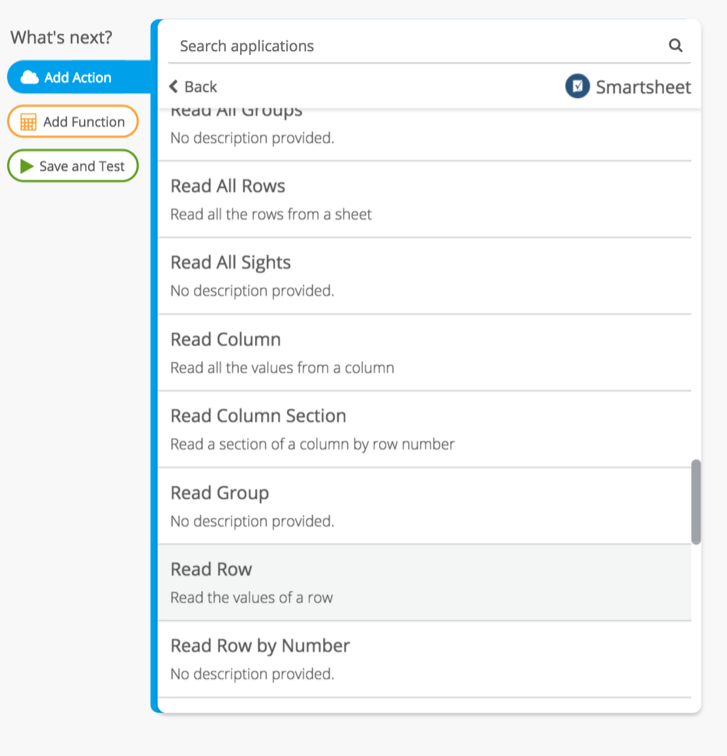Azuqua 101 is your first stop on your learning journey. This module provides an overview of Azuqua with the following subjects:
- What is Azuqua?
- What is a Flow?
- Build your first Flow
- Test and Run a Flow
Course Material
Azuqua 101 is your first stop on your learning journey. This module provides an overview of Azuqua with the following subjects:
- What is Azuqua?
- What is a Flow?
- Build your first Flow
- Test and Run a Flow
What is Azuqua?
Azuqua is a powerful digital automation platform
Azuqua gives you remote control over the applications that you want talking to each other, providing the tools you need to automate manual and time-intensive workflows which you may currently have in your organization.
Manual Processes are Slow
Let’s take, as an example, a manual process that a software organization may have for tracking and resolving bugs which customers report.
Here you see a visual representation of the process …

- Customer reports a bug in Zendesk
- The Support team reviews bugs, and meets with the product team
- The Product team creates a JIRA ticket for each bug
- Bug is addressed by Product
- Product and Support meet to review
- Support agent resolves the case, notifies the customer, closes ticket
Obviously, any manual process comes with Issues and Challenges! To summarize, we know that this is:
- Prone to errors
- Time-Consuming
- and Slow!
What is a Flow?
Let’s begin by taking a step back to explain what a Flow is …
A Flow is another word for an automated workflow or integration. Again, we like to think of this as a way to “remotely control” our applications.
Within Azuqua, Flows are represented by a Trigger Event followed by a series of Actions and Logic Functions which are executed from left-to-right in Azuqua’s Visual Designer.

Flows vary in complexity. A simple scenario may only contain a few cards, while a more complex scenario can contain dozens of cards depending on the use case requirements.
What is an Action?
Actions represent the things you can do with your Connectors.
Let’s take Smartsheet as an example. With the Smartsheet connector you can:
- Create a new Sheet
- List all your sheets
- Read a Row
- … and much more!

Actions are different for each and every card / connector, so we encourage you to have some familiarity with both the system you’re working with and it’s structure (some would call this the “schema” or how information is organized).
What Is a Function?
A Function sets values or manipulates data within a Flow. The platform offers a wide array of functions, including:
- String
- Math
- List
- Object
- … and more!
Functions are the workhorse of Flows; the things you can do range from simple (like set a value) to complex (like data lookups).
What Is an Event?
Events allow you to monitor for changes within your cloud applications.
Although Flows can be scheduled or even run manually, an Event is what kicks off a Flow based upon something that happens in an app – e.g. a new task (row) in Smartsheet you’re tracking, etc.
Just like other steps, you can map the data that comes in to other steps in the Flow.
